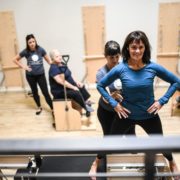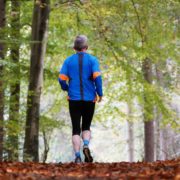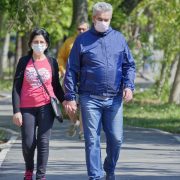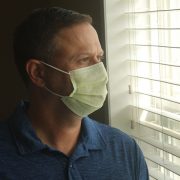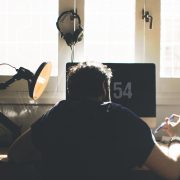Got a Pain in Your Butt? Here’s what to do first.
Nobody likes a “pain in the butt.” But what do you do when you’re dealing with literal pain in your butt versus the figurative kind?
It starts with figuring out where it’s coming from. Understanding the origin of your pain is necessary if you really want to solve it! One of our Pilates regulars (“Stacy”) has a story that illustrates this concept perfectly.
Stacy had been doing all the right things. She keeps active, does Pilates with us, and walks regularly. But still, she ended up with that dreaded pain in her butt that so many of us deal with on a regular basis. She tried to work through it herself by foam rolling and stretching – but none of that worked to completely eliminate her pain. Plus, her symptoms were starting to limit her Pilates and walking. This made her nervous because staying active and mobile is one of the most important things to Stacy, and the idea of being stuck at home and in pain this winter season made her want to take action now. She did the right thing by going to see our PT team.
Their first course of action was to accurately determine the root cause of Stacy’s butt pain. It could be a few different things.
Most often, symptoms like Stacy’s will get “labeled” generically as any one of the following:
1. Bursitis
They’ll call it this if you’re feeling the pain more in the side of your hip versus center of your butt.
2. Piriformis syndrome
This refers to a pain in the center of your butt. You might feel some tightness as well.
3. Back problem/Sciatica
They’ll call it this if your pain is more diffuse and achy, and perhaps even running into your thigh. This last diagnosis will be more common if you’ve got back pain along with the hip or butt pain.
As I mentioned, any one of these things could be the source of Stacy’s symptoms, and getting it right is critical. The correct diagnosis is the determining factor of whether Stacy’s problem gets resolved for good, or becomes something she deals with for the rest of her life. The problem with diagnosing your butt pain (or any problem for that matter) based on the location of your symptoms alone is that it’s not a reliable diagnosis.
The location of your pain alone does not tell you where your problem is really coming from.
For example, I’ve seen people with pain in their hip and butt that is actually coming from their back – even when they’ve never had a back problem. If your butt pain is coming from your back, and you think it’s “piriformis syndrome,” you’re going to be really disappointed in a few weeks when your pain is still there (or perhaps even worse) because you’ve been going about treating it the wrong way. In order to accurately determine what was really going on with Stacy’s butt pain, we needed to do some specialized movement screens and tests.
Research has shown that your pain’s response to movement, and how it behaves, is a much more reliable way to figure out the source of your problem versus relying on the symptom location alone.
In Stacy’s case, some quick movement tests revealed that her butt pain was indeed coming from her back – even though she did not have any back pain. How did we know? Pretty simple actually. When we asked Stacy to move and bend her back in specific directions, it triggered her butt pain! Her piriformis muscle was also tight – and may still need to be stretched – but it’s very possible that the tightness she is experiencing is also being caused by whatever is going on in her back. It’s possible for nerves to refer both pain and a feeling of “tightness.” We’ll know for sure in a few weeks, because we prescribed Stacy a corrective exercise designed to target the problem in her back and take pressure off the nerve that was triggering her butt pain. In fact, if she had not come to see us and kept stretching what she thought was a tight piriformis, she likely would have aggravated her nerve and made her condition worse. Nerves don’t like to be stretched. This is a great example of why it’s critical to know the true source of your problem before you start treating it.
Hopefully Stacy’s story helped you understand that the first step in getting rid of a pain in your butt, is to accurately determine where it’s coming from! If you’re experiencing unexplained pain in your butt that isn’t going away with stretching or general exercise, perhaps you’re going after the wrong problem. Try paying closer attention to how your symptoms behave. Do you notice they get worse after you’ve been sitting for a while, raking leaves, or driving? Do they move around on you – and go from your butt, to your hip, to the back of your thigh?
Signs like this could mean you’re dealing with a back problem, not a butt problem. Click here for access to our FREE back pain guide! This guide contains our best tips and advice on how to start easing back pain and stiffness right away — and get on the road to pain-free movement just like Stacy did.

